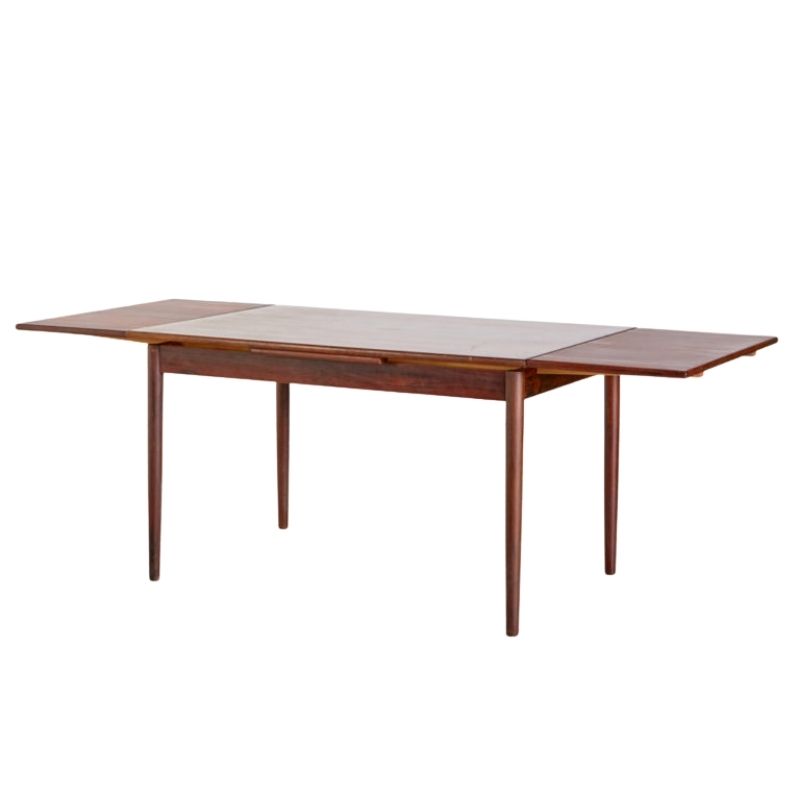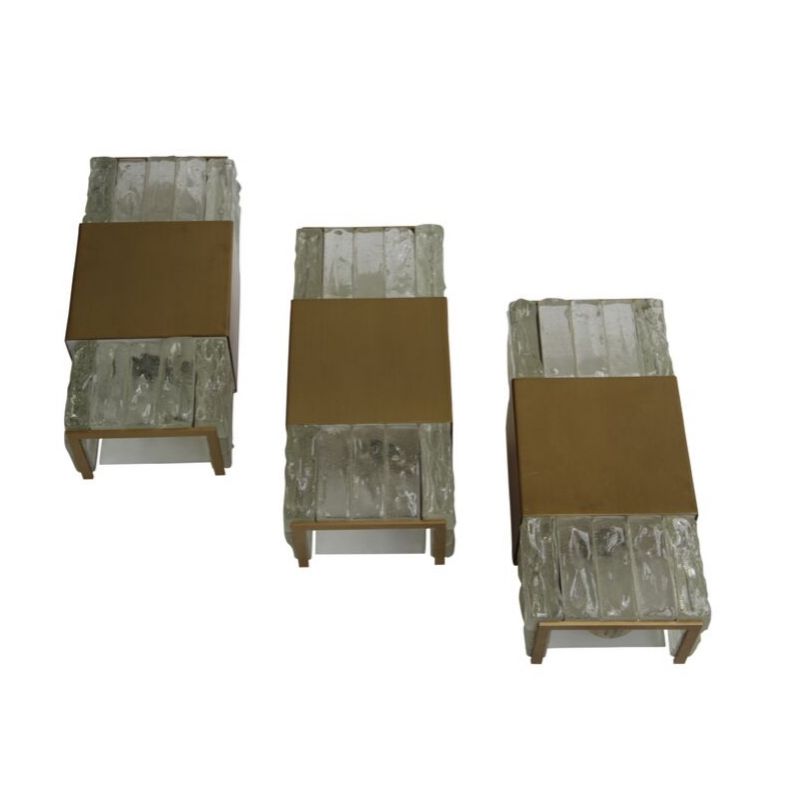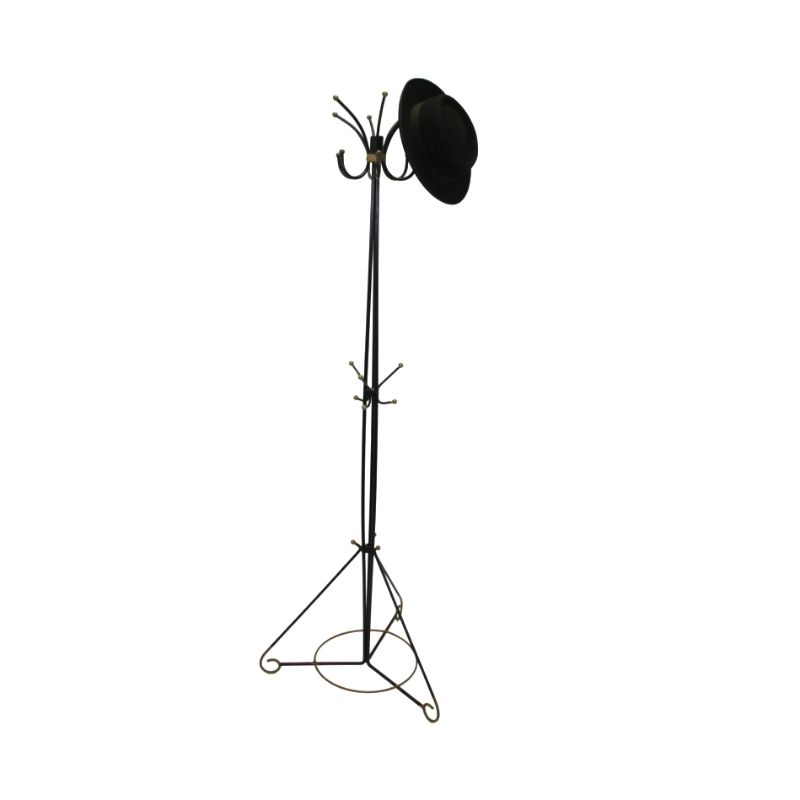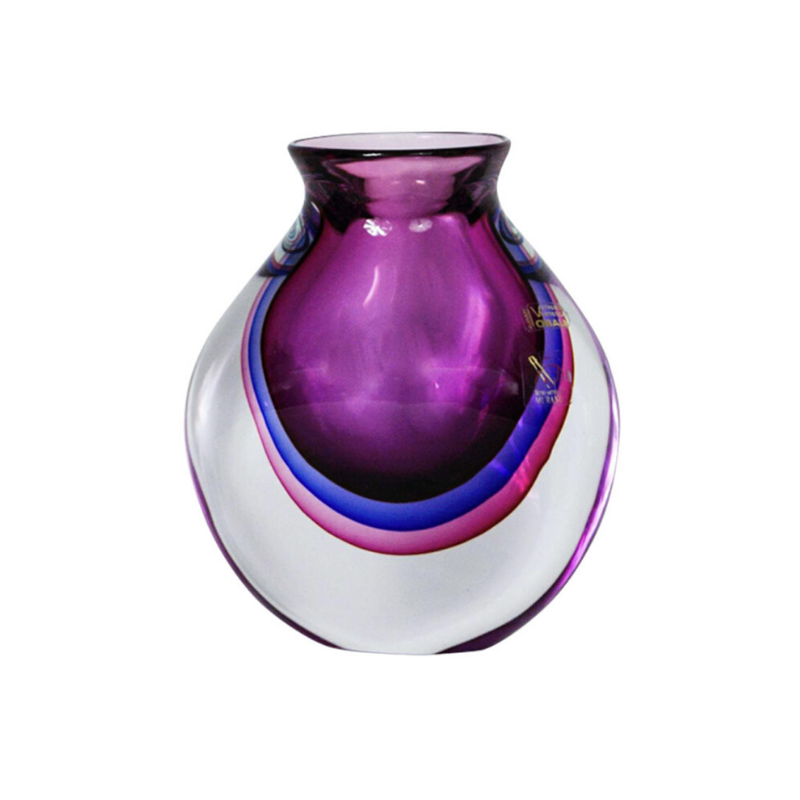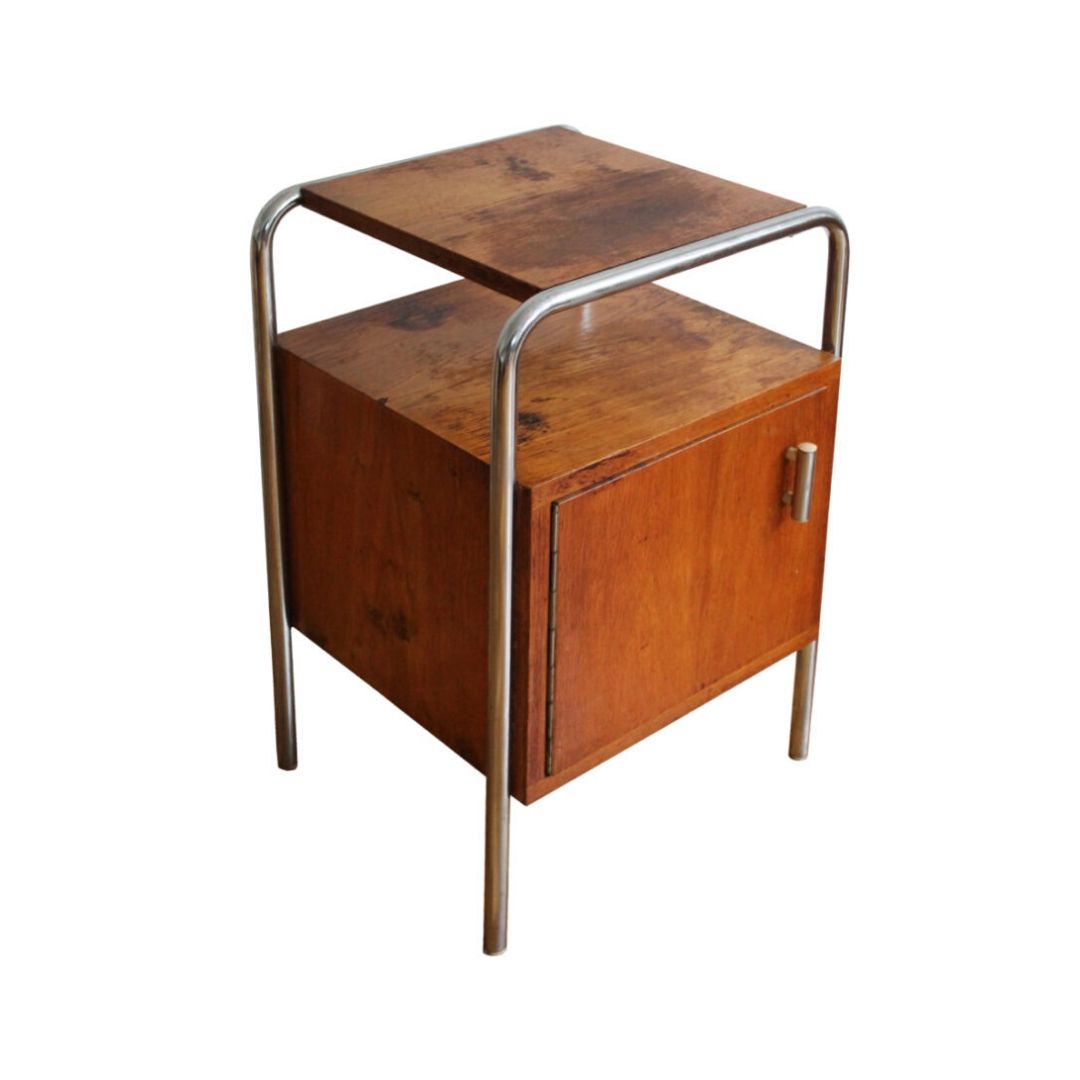Koen
your answer to my kitsch question was perfect. Is it okay if I quote you, in the text? (see below).
Cheers
Stephen
In 2005 Starck introduced his popular Bedside Gun table lamp (manufactured by Flos). The base of the lamp takes the form of an 18k gold-plated AK47, beneath a matte black shade; surely one of the rare examples where kitsch attempts an anti-war statement, albeit a damn expensive one ($2220 from Space).
And of course, theres Starcks now ubiquitous Louis Ghost Chair; a transparent plastic version of a traditionally upholstered, Louis XVI armchair.
I would agree that the Louis Ghost chair is kitsch, says award winning Canada based designer, Koen De Winter. The reason is that it so clearly pretends to be something else than what it is: A plastic chair. It is too clumsy to be considerd a parody, too serious to be humor... Where Koziol and Alessi manage to introduce some form of humor into there kitsch design, the Starck design fails to do that.
Koen belives that one of the original characteristics of kitsch, is that it was neither done with irony or any other form of humor, it was just very seriously ugly.
I guess what makes kitsch now more acceptable is first of all the Post-modern experience and secondly a certain level of humor. So to me cool kitsch or kitschy cool would have one or more extra dimensions beyond tasteless or ugly.
Is that extra dimension the irony evident in the deer head by Augustin Scott de Martinville? The Belgian designer has usurped the idea of the trophy head, as might be found over the mantlepiece in a gentlemans country club, and rendered it in animal friendly plywood. ($249 from Beautiful on the Inside).
Hi Stephen,
...if I had known...I would have been a little more specific, but I stand behind my words..at least until the next time the discussion will come up.
Please do not quote these other thoughts, but two other possibilities that I did not mention but that could have motivated Philippe Starck are: 1- an attempt to lift plastic and the way it is commonly seen...and used to the level of a more "nobel" material. 2- The simple comcept of giving a transparent "gost" form and presence to a classic chair. In the first case I do think that it is neither effective or credible to do it by leaning on a classic shape that because of it's history has obvious decadent connotations. If it is a way of creating the presence of a style "ghost" in a comntemporary setting, he should have limited himself to e transparent or translucent version. So both intentions are doubtfull.
You are mentioning the hunting trophees in plywood. If I am not mistaken it is a collaborative work of three designers. One Suisse, one French and one Belgian: Grégoire Jeanmonod (CH), Augustin Scott de Martinville (F)and ,Elric Petit (B) all under the name of Big Game.
I would not consider it kitsch, first of all they are well designed, secondly the obvious playfulness and critical comment on the self-assertive nature of trophee collectors is too manifest to be innocent kitsch.
This being said (written), thank you for the implicit compliment.
Define kitsch
perhaps Websters (or dictionary publisher of your choice) needs to expand the definition to include a relatively recent phenominon to wit
kitsch
One entry found for kitsch.
Main Entry: kitsch
Pronunciation: 'kich
Function: noun
Etymology: German
1 : something that appeals to popular or lowbrow taste and is often of poor quality
2 : a tacky or lowbrow quality or condition
NEW NEW NEW DEFINITION!!!
3 : deliberately mimicing 1 and 2 above in order to appear hip and urbane.
How to define kitsch ? (part 1)
Hi James. I think you hit the sore spot: arguing about a not well defined concept is asking for trouble. And I think Kitsch is definitely a rather ill defined concept, much more so than take for instance, the standardised kilo weight (cf the standardkilo, kept in Paris since 1889). Most people have some form of built in radar of the I- know what- kitsch- is- when- I- see- it variety. Which is fine by me. However, when proceeding with the assumption that everybody has the same definition (and boundaries) of what constitutes kitsch, then shit hits the fence (if you please pardon me the expression). This is not to say that there will not be a lot of similar elements in peoples definitions.
Elements that seemed to occur to a more or lesser degree and where mentioned in the thread were: tacky/ in poor taste, badly made/ poor production, mimicking/ referring to/ a derivative of something else, quirky/ sense of humor (for the postmodern better kitsch variety), raising questions/ philosophical statement (again for the more postmodern better kitsch), style/ reference without content (for standard kitsch).
How to define kitsch ? (part 2)
For instance, Koen did argue (Koen, please correct me if I am getting it wrong, or if I misrepresent your opinion) that for him the label kitsch applies when something uses style without (..philosophical..) content and is in general poorly produced /rendered, often lacking in originality. He sees the new postmodernist kitsch as often displaying a sense of humor, whereas the default kitsch often lacks the ironic twist or comment the more highbrow kitsch seems so often to embody.
My personal definition feels somewhat different. I never had to actually write out this definition before (cf. the implicit sensor thing is the default in daily life) so I hope I manage to produce some decent formulation the first time around. Here it goes: kitsch seems to me all things that display a very high impact eye popping quality, where the characteristics constituting this quirkiness (be it by using hard, bold or fluorescent color/ or by mimicking the shape of a completely unrelated object of being/ or by deliberately distorting proportions) are completely unrelated and unnecessary to the actual function of the object. But in fact, this quirkiness seems to be at least as important, if not overshadowing, the original functionality of the object. Guess I lean towards Gerrits point of view. There. I tried to define it. I know it is still pretty vague, but I can not do much better at this point I am afraid. Notice that for me: poor production/ or poor production does not play such a role in classifying something as kitsch or not, nor does good taste / or would I want it in my house.
However, what constitutes you personal definition of kitsch was not Stephens original question. I tried to avoid the definition - hot potato for fear of hijacking Stephens thread, but alas, it seems to be stronger than myself Perhaps I can be excused, as it is something of a heavily trained workreflex. Unfortunately, it occasionally seems to turn me into a nerd outside work .. :oD
Interesting
definition, ite. I guess you mean something eye-popping like a giant donut sign or a "duck" (a commercial building in the form of an animal), for instance -- rather than say Jeff Koons's ceramic Michael Jackson-with-monkey. . .?
Would examples be helpful when trying to distinguish our varying definitions ?
CAMP
CAMP
James, It,s OK the definitions, but, in def.3 when you said
3: deliberately mimicing 1 and 2 above in order to
If it,s DELIBERATELY, I would prefer to say CAMP, from memorable Notes on Campform Susang Sontag. (see lower link-link 3)
Kitsch vs. Camp
Much like the closely related notion of kitsch, camp has traditionally been viewed as hard to define. The terms "camp" and "kitsch" are often used interchangeably; both may relate to art, literature, music, or any object that carries an aesthetic value. However, "kitsch" refers specifically to the object proper, whereas "camp" is a mode of performance. Thus, a person may consume kitsch intentionally or unintentionally. Camp, however, as Susan Sontag observed, is always a way of consuming or performing culture "in quotation marks." (link 1)
Gerrit, you said there is an exhibition in the
belgian design museum in Ghent called; kitch, camp or design. That was the first time I heard about camp here in DA. Did you visited? Did you saw something new in the exhibition?
By the way Ite, you said that,s difficult to find a definition to kitsch, about this, Sontag says.
To talk about Camp is therefore to betray it. And she adds If the betrayal can be defended, it will be for the edification it provides, or the dignity of the conflict it resolves.
May be that,s why it,s so difficult to define it
If we talk about KITSCH is therefore to betray it
Link 1 http://www.answers.com/topic/camp-style
link 2 http://www.answers.com/topic/kitsch
link 3
http://interglacial.com/~sburke/pub/prose/Susan_Sontag_-_Notes_on_Camp.html
Kitsch definition ctu
Hi SDR. Yep indeed, I would consider a building in the form of an animal rather kitschy. Regarding Jeff Koons: well, we were originally discussing kitsch in industrial design. I am afraid Jeff Koons does not really do industrial design. It is (supposed to be) ART. Art abides different laws compared to industrial design (ie the design of coffee cups, soap dispensers, mass produced chairs, etc.). When it comes to art, I guess it is about producing something aesthetically pleasing, or emotionally provocative, or giving people food for thought. When it comes to industrial design, it is about aesthetically pleasing functionality (form follows function), fit for its purpose, paired with reasonable pricing and use of good material. So defining what constitutes kitsch in art is somewhat different as to defining what constitutes kitsch in industrial design.
Personally, I think that some objects are mis- marketed: for instance I would regard the Proust chair less a a piece of industrial design and more as a work of art where the artist is trying to provoke both an emotional response from the audience, as well as making them think, more than producing another functional mass produced chair.
Yes, I very much think you are right, and that examples would be very helpful in distinguishing between different definitions of what constitutes kitsch. Especially the ones where persons disagree whether it is still kitsch or not.
Looking back on past comments, it seemed that respondents almost unanimously agreed that Alessis stuff is rather kitschy (eg Nutty the nutcracker). Not everybody, but most agreed that the Louis Ghost chair is kitschy. There was some dispute as to whether the Big Game stuff constitutes kitsch or not. And few people agreed that the Proust chair was indeed seen as kitsch.
Talking about Kitsch..
Hi Gustavo. Yep, I think that defining is a tricky business, that never can be done in such a way that it boils down to only one definition whereupon everybody will agree. However, I consider it worth trying, because we learn from it about our own sensitivities and those of other people. It also often helps to clarify for oneself what constitutes a certain phenomenon. I do not know miss Sontags text you are referring to , but I must say that remarks as: to talk about kitsch is to betray it do not convey any meaning to me, and reek of philosophical clap trap. However, this might be because I do not know the context in which these remarks were made, so I would like to read the texts first, before I comment on them.
If you need any help, please contact us at – info@designaddict.com



